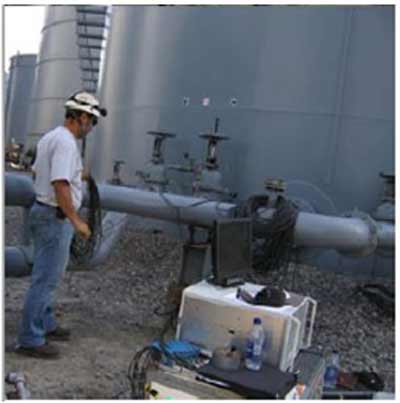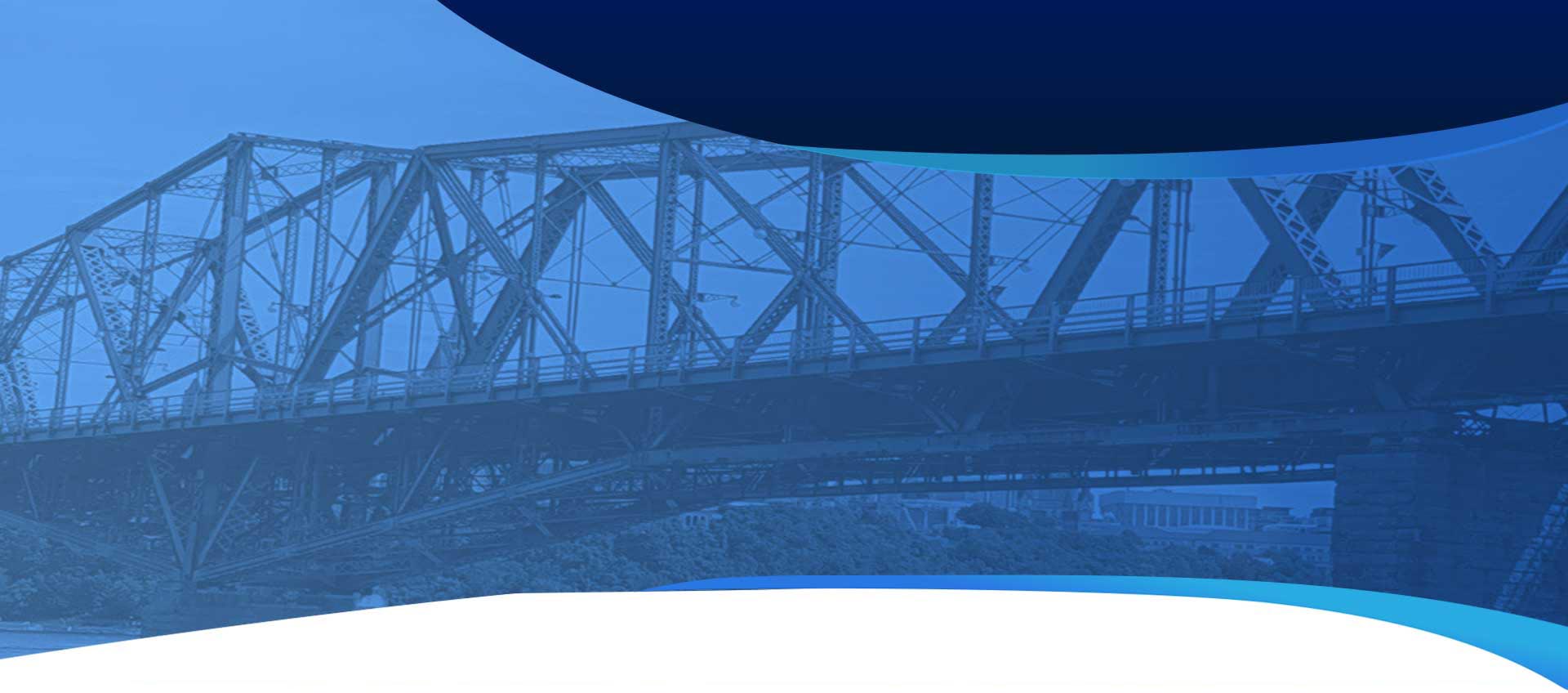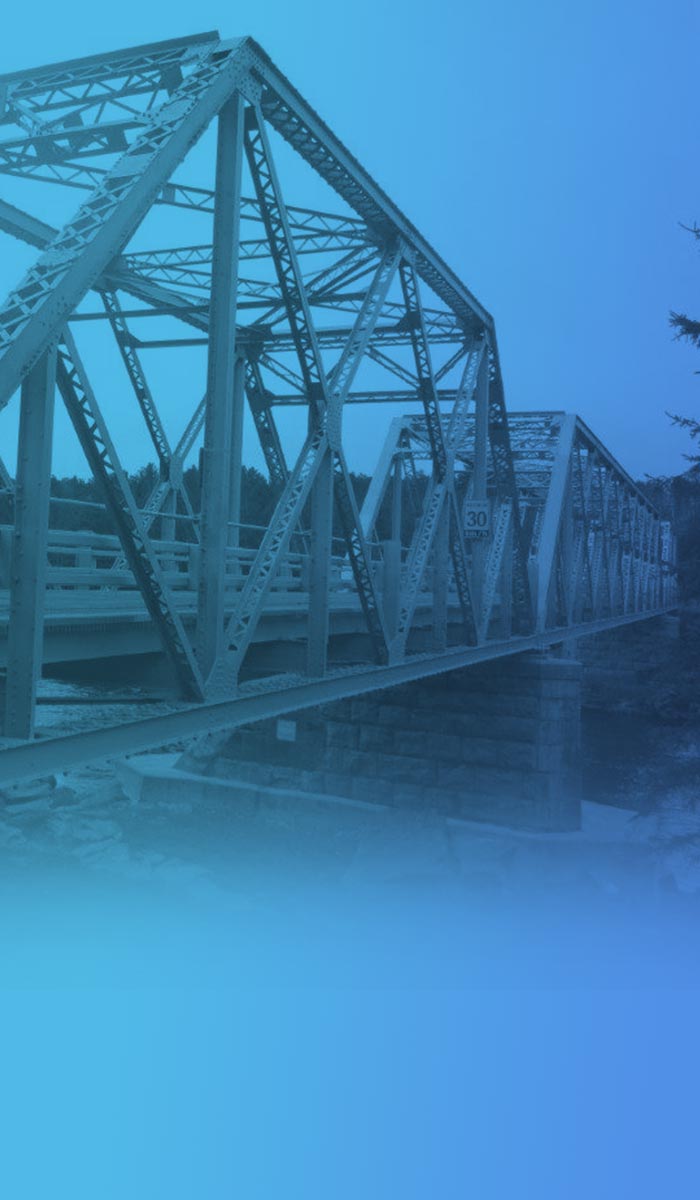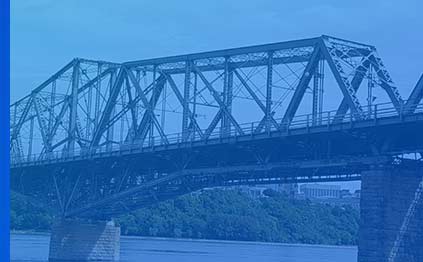Underwater Bridge Pile Inspection
Currently bridge pile inspections are done visually and in case of submerged piles, divers perform these inspections.
In many cases, significant sections of piles can not be visually inspected since they are submerged in environments that prevent visual inspection. Submersion and oxidation cycles in aerobic zones are primary causes and accelerators of wall loss corrosion in bridge piles.
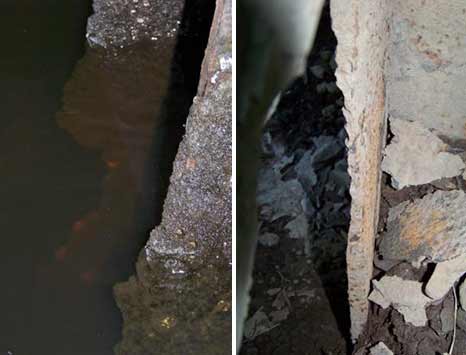
TISEC’s PILEUT inspection technology
Using TISEC’s PILEUT inspection technology, it is possible to inspect submerged pile from above the water line. PILEUT is cost-effective because it minimizes the requirement to send divers underwater to inspect pile for wall loss or pipe failure. The technology could be used to inspect up to 20 feet under water/ground for zones of 50% wall loss as small as 7 in2.
Working Principle
- Ultrasonic transducers are mounted above the waterline.
- Long range ultrasound is generated above the waterline and then travels underwater then underground.
- Where wall loss is present, ultrasound is partially reflected backwards and transmitted forward.
- The reflected ultrasound locates and sizes the wall loss.
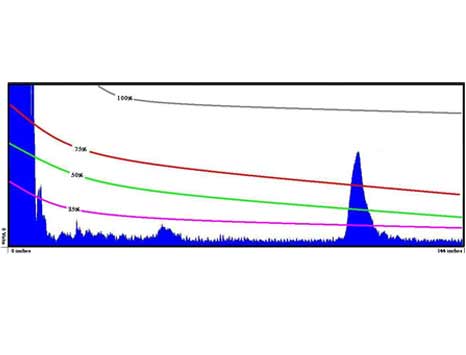
Data Interpretation
The PILEUT scanner is capable of inspecting the pile for wall loss and characterize the wall losses as 75%, 50% and 25%. 100% wall loss indicates a pile end. The Distance-Amplitude Correction (DAC) curves generated from observed field data for different amounts of wall loss are overlaid on the signal reflected from wall loss. This provides a quick and easy way for the bridge inspector to interpret the data and identify the amount of wall loss.

Our American Society for Nondestructive Testing certified inspectors have complementary training in fall protection, highway safety, railway safety, and confined space entry. With over 300 bridges tested to date, we have a proven track record for high quality nondestructive testing services and safety. Our inspectors are also FHWA trained underwater bridge inspectors and are certified underwater divers. Our inspectors are trained for follow-up underwater inspection on a need be basis.
